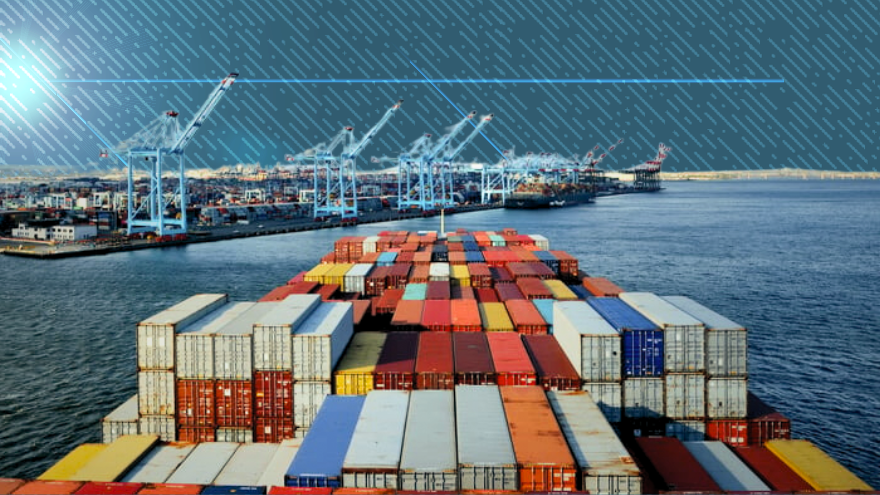The walkout could have profound economic consequences, with J.P. Morgan estimating potential losses of $3.8 billion to $4.5 billion per day. The strike involves approximately 45,000 members of the International Longshoremen's Association (ILA), who walked off the job at 36 major U.S. ports following a breakdown in contract negotiations with the United States Maritime Alliance (USMX), which represents port employers. As of Monday, both sides had made concessions, but they were unable to reach a final agreement. The ILA initially sought a 77 percent wage increase over a six-year contract, citing the rise in inflation since 2021. The union is also pushing for a ban on the use of automation and artificial intelligence, which it argues would eliminate jobs. On Monday, the USMX responded with an offer of a 50 percent wage increase and a commitment to limit automation, but the ILA held firm in demanding a total prohibition on automation. “We are now demanding $5 an hour increase in wages for each of the six years of a new ILA-USMX Master Contract,” ILA President Harold Daggett said as he joined tens of thousands of picketers demonstrating at all the major eastern U.S. ports. “Plus, we want absolute airtight language that there will be no automation or semi-automation, and we are demanding all Container Royalty monies go to the ILA.” The union has indicated it is prepared for a prolonged strike, stating that its members are willing to remain off the job "for as long as it takes" to secure their demands. Some supply chain experts suggest the strike may not immediately affect consumers, as many retailers have already stocked up in anticipation of the holiday season. However, if the strike continues beyond a few weeks, it could lead to significant disruptions. “If the strikes go ahead, they will cause enormous delays across the supply chain, a ripple effect which will no doubt roll into 2025 and cause chaos across the industry,” said Jay Dhokia, founder of supply chain management and logistics firm Pro3PL. Dockworkers remain acutely aware of the historical impact of automation on their industry. The introduction of the shipping container in the 1960s revolutionized cargo handling, dramatically reducing the need for labor and leading to widespread job losses. The current push toward further automation is already affecting ports. A 2022 study by the Economic Roundtable found that 4% of global shipping container terminals have been automated, with Long Beach Container Terminal in California alone eliminating 572 full-time jobs annually as a result. Meanwhile, port operators are seeing record profits. According to John D. McCown, a senior fellow at the Center for Maritime Strategy, container shipping carriers earned more than $10 billion in profits between April and June of this year — nearly double the earnings of the previous quarter. “The very corporations that profited off our hard work refuse to share those profits with the workers who make them possible,” Daggett said in a Sept. 20 statement. “Just yesterday, a shipper who normally pays $8,000 to ship a container from Asia to New Jersey was billed $30,000. They’ll try to turn the public against us, but know this: our fight is your fight. It’s about respect for all workers, blue-collar and white-collar alike,” he continued. “If we don’t stand up now, our livelihoods may be lost forever,” Daggett added.For the first time in nearly 50 years, dockworkers on the U.S. East and Gulf Coasts have gone on strike, halting operations at ports that handle more than half of the cargo shipped to the United States.
News /
Dockworkers Strike on U.S. East and Gulf Coasts, Threatening Supply Chain Disruptions
Longshoremen demand higher wages to offset inflation and a complete ban on automation

*For corrections please email [email protected]*
